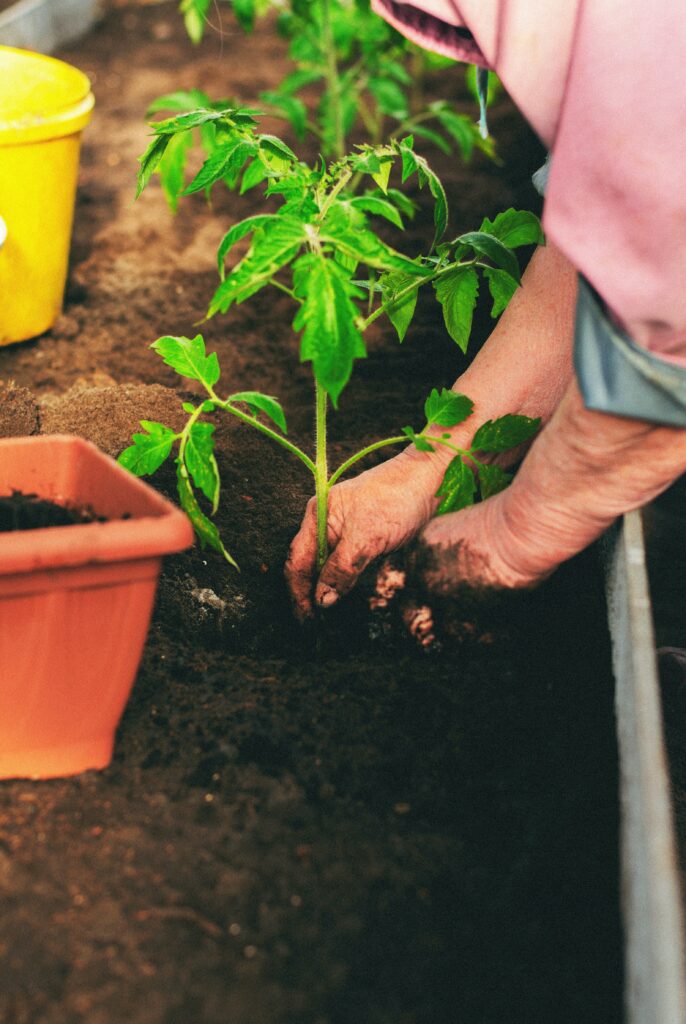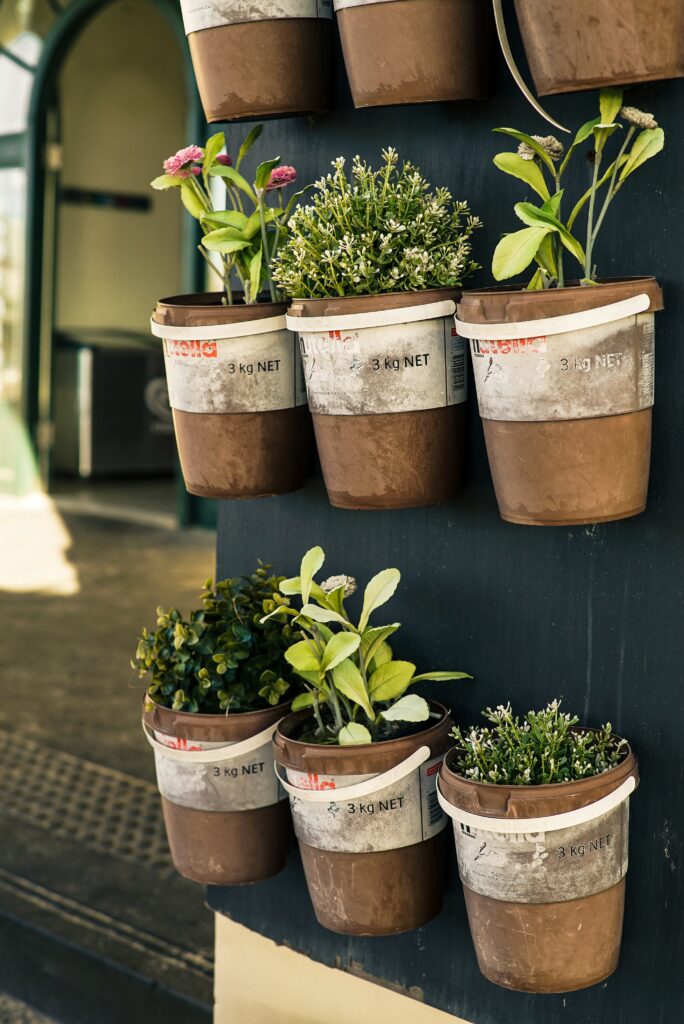Late Spring/Early Summer Planting!
Past the hustle of spring planting, now what? Lets Look into Late Spring/Early Summer Planting!
Spring planting may bring a rush of excitement, but the gardening journey doesn’t end there. As we transition from the initial frenzy, it’s crucial to maintain a well-planned approach for a successful garden season. Whether it’s a timely reminder from your phone or a thorough review of your planting schedule, this is the perfect time to navigate the next phase of your gardening adventure.
Some great veggies to plant now (Zone 6B)
After our garlic is harvested, we’re diving into the planting of more herbs (because why not?) and other delightful veggies. By planting now, we ensure a second harvest and the ability to relish the fruits of our labor for an extended period. If you’ve been following our social media updates, you may have noticed our new raised bed brimming with aromatic herbs like basil, parsley, summer savory, and thyme. Additionally, our hot pepper plants have found their forever home, ready to thrive throughout the season.
Here are some fantastic veggies you can continue to grow even after the spring rush:
Tomatoes: Opt for quick-maturing varieties like Early Girl or Fourth of July, guaranteeing you juicy tomatoes in no time.
Cucumbers: Choose shorter days to maturity varieties such as Salad Bush or Spacemaster, ensuring a refreshing crunch.
Beans: Plant bush beans like Provider or Contender, known for their fast growth and abundant yield.
Greens: Lettuce, spinach, and kale can still thrive during the cooler months of late spring, offering a continuous supply of fresh greens.
Herbs: Sow basil, parsley, and cilantro for a steady stream of flavorful herbs to elevate your culinary creations.

Tips & Tricks We’ve Learned
While weather conditions can be unpredictable during this time of year, as long as the elements cooperate, you can sow seeds that thrive in the cool nights and warm days. Be it scorching or mild, we’ve seen it all over the years.
To help you make the most of this planting phase, here are some valuable tips:
Tip 1: Prep Your Soil: Ensure your soil is well-drained and enriched with compost, providing the necessary nutrients for your late-planted veggies to thrive.
Tip 2: Sun Exposure: Identify sunny spots in your garden that receive at least 6-8 hours of direct sunlight, offering optimal conditions for growth.
Tip 3: Watering Schedule: Adjust your watering routine to match the changing weather, keeping your plants hydrated without overwatering.
Tip 4: Pest Control: Implement natural pest control methods like companion planting, row covers, or organic insecticides to safeguard your crops.
Tip 5: Succession Planting: Extend your harvest by staggering your plantings, sowing new seeds every few weeks to ensure a continuous supply of fresh veggies.
With these tips and a well-executed plan, you can keep the gardening momentum going and enjoy a thriving garden that provides a bountiful harvest throughout the season. Get ready to savor the rewards of your efforts and indulge in the beauty and flavors of your own homegrown produce.

5 Key Takeaways
1. Extend your harvest: Planting seeds or veggies in the late spring allows you to enjoy a second harvest and prolongs your ability to savor the fruits of your labor well into the season.
2. Optimize variety selection: Choose quick-maturing varieties for late spring planting, ensuring that you can enjoy the produce in a shorter timeframe. Look for varieties specifically suited to cooler weather or shorter growing seasons.
3. Plan for cool-weather crops: Take advantage of the cooler nights and warm days by planting cool-weather crops like greens (lettuce, spinach, kale) that thrive during this time, providing a continuous supply of fresh and nutritious greens. Note – As we said before, the temperatures around this time can be unpredictable. As it gets warmer and warmer, cool-weather crops will want to bolt or go to seed quicker which is not ideal!
4. Make necessary adjustments: Prepare your soil by ensuring it is well-drained and enriched with compost to provide the essential nutrients for late-planted veggies to flourish. Adjust your watering schedule and implement natural pest control methods suited for the changing weather conditions.
5. Embrace succession planting: Stagger your plantings and sow new seeds every few weeks to practice succession planting. This technique ensures a continuous supply of fresh veggies throughout the season and maximizes your harvest potential.
By embracing these key takeaways, you can make the most of the late spring planting period, enjoy an abundant harvest, and relish the flavors and rewards of your thriving garden.
As always, we are here to help you! Reach out with any questions that might come up throughout your journey.
We are excited to announce that there are some new DIY plans on our Etsy store. Whether you need some more storage in the garden, are looking to spruce up your curb appeal or are looking for a new way to grow your tomatoes, we have something for you!
Check it out here – https://www.etsy.com/ca/shop/WillowLaneGardenCo
Best regards,
Tessa & Kyle

